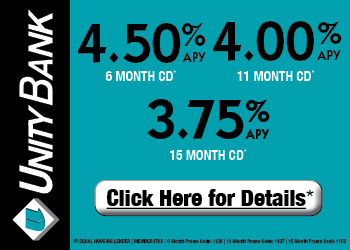In recent years, self-publishing has grown in popularity as a method for writers who want to reach a wide audience. Authors no longer have to depend on conventional publishing firms to get their works into consumers’ hands thanks to the development of digital platforms and print-on-demand services. Self-publishing has a lot of benefits, but it also has its own set of financial constraints, notably in terms of book sales, royalties, and taxation.
Understanding how book sales and royalties are calculated is one of the most important financial issues for writers who self-publish. Self-published writers have greater control over their income than authors who are published traditionally, who receive an advance and then receive royalties based on a percentage of book sales. They have more control over pricing and get a bigger cut of every transaction. They must, however, pay the whole cost of marketing and manufacturing as a result.
Self-published writers must carefully analyze their pricing plan in order to optimize their revenue. Too high of a price may discourage potential readers, while too low of a price may result in lower total sales. It’s crucial to find a balance between attracting readers and making money. In order to reach a larger audience and boost their book sales, writers can also investigate other distribution methods, such as internet merchants, physical bookshops, and direct sales through their own websites.
Self-published authors must also grasp how royalties are calculated once book sales begin to flow in. Typically, royalties are a portion of the book’s retail price or the net profit made from each sale. Nevertheless, the particular royalty rates may change based on the book’s format and distribution method (e.g., e-book, paperback, hardcover). To make sure they are being paid fairly for their work, authors must thoroughly check their publication agreements and comprehend the royalty schedules.
Yet self-financial publishing’s realities go beyond book sales and royalties. Self-published authors are effectively operating their own business, therefore they are in charge of handling their finances and submitting their taxes. For independent contractors, who frequently struggle to maximize their tax savings and properly file their taxes, this can be especially difficult.
Determining their tax liabilities as a single-member LLC is a typical problem that freelancers have. To safeguard their personal assets and gain from certain tax advantages, a lot of self-published writers opt to run as single-member limited liability companies (LLCs). The tax ramifications of this corporate structure, however, might be tricky to understand. Authors may need to utilize a single-member LLC tax calculator or get advice from a tax expert with expertise in self-employment taxes in order to precisely determine their tax due.
Understanding the distinction between being categorized as a W-2 employee vs a 1099 contractor is another crucial factor for self-published authors. As 1099 contractors, which is how most freelancers are categorized, they are liable for their own self-employment taxes, including Social Security and Medicare taxes. W-2 workers, on the other hand, have these taxes deducted from their salary by their employers. To effectively anticipate their tax liabilities and prevent any surprises during tax season, self-published writers must understand the tax consequences of each categorization. Authors can choose the categorization that is most favorable for their particular circumstance by using a 1099 vs. W-2 employee calculator.
Another significant component of the financial reality of self-publishing is self-employment taxes. Social Security and Medicare taxes, which are normally paid by both employers and workers in traditional employment arrangements, are included in self-employment taxes. Self-employed people must, however, cover the whole cost of these taxes on their own. The current self-employment tax rate is 15.3%, which has a considerable influence on an author’s total tax obligation.
Self-published writers can utilize a self-employment tax calculator to calculate their self-employment tax obligation. This calculator determines how much self-employment tax individuals owe by factoring in their net self-employment income. Authors may better prepare for their tax payments and prevent any fines or surprises when it comes time to file their taxes by understanding their self-employment tax requirements.
In conclusion, self-publishing gives authors a special chance to reach a larger audience and have more control over their income. Yet it also entails a unique set of financial realities, notably in relation to book sales, royalties, and taxes. Authors who self-publish must carefully analyze their pricing plan, comprehend the calculation of royalties, and understand the nuances of 1099 employee taxes. Authors may better manage their money and increase their profits in the self-publishing industry by remaining educated and using tools like single-member LLC tax calculators, 1099 vs W-2 employee calculators, and self-employment tax estimators.















